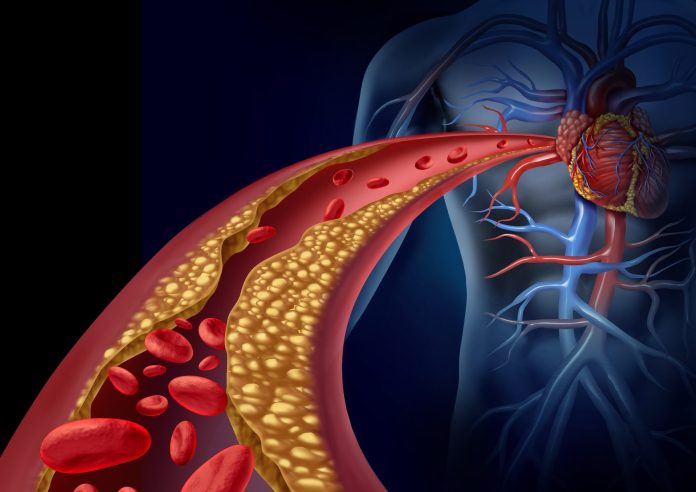High blood sugar: Diabetes develops when your body’s cells are unable to absorb sugar (glucose) and use it as fuel. As a result, your bloodstream begins to accumulate additional sugar. Mismanagement of diabetes can have serious effects, including harm to your heart, kidneys, eyes, nerves, and many other bodily organs and tissues.
The illness comes in two main forms. Type 1 diabetes, formerly known as insulin-dependent diabetes mellitus (IDDM) or juvenile-onset diabetes, typically develops in childhood. Type 2 diabetes, also known as adult-onset diabetes or non-insulin-dependent diabetic Mellitus (NIDDM), often develops after the age of 40 and grows more prevalent as people age.
Dr Manish Maheshwari, Consultant Internal Medicine at Narayana Multispeciality Hospital, Ahmedabad, Gujarat spoke to Zee News digital and discussed the risk factors, symptoms and diagnosis of this metabolic blood sugar disease.
What is diabetes mellitus?
Diabetes mellitus is a disorder of carbohydrate metabolism marked by a decreased capacity for the body to produce or respond to insulin and maintain healthy levels of sugar (glucose) in the blood. Diabetes mellitus is a disorder in which the body does not generate enough or utilise insulin as it should, leading to abnormally high blood sugar (glucose) levels.
To distinguish this disease from diabetes insipidus, doctors frequently refer to it as diabetes mellitus instead of just diabetes. Similar to diabetes mellitus, diabetes insipidus is a very uncommon condition that causes increased urination but has no effect on blood glucose levels.
Symptoms of diabetes mellitus
– Increased thirst
– Increased urination
– Increased hunger
– People may lose weight even if they are not trying to.
– Damage nerves and causes problems with the sense of touch.
– Blurred vision
– Drowsiness
– Nausea
– Decreased endurance during exercise
What causes diabetes mellitus?
Glucose spills into the urine when the blood glucose level exceeds 160 to 180 mg/dL (8.9 to 10.0 mmol/L). The kidneys emit more water to dilute the high concentration of glucose as the quantity of glucose in the urine increases. People with diabetes urinate a lot because their kidneys produce too much urine (polyuria). Abnormal thirst (polydipsia) is caused by increased urinating. People may lose weight as a result of excessive calorie loss from the urine. People frequently experience increased hunger as a way of coping.
Also Read: Ginger is your best friend this winter season; know the health benefits of this root
How is diabetes mellitus tested?
Measuring blood glucose levels determines the diabetic levels in the body and indicates diabetes mellitus.
When a person’s blood glucose levels are abnormally high, diabetes is diagnosed. People who have diabetes risk factors but no symptoms undergo screening tests by doctors like Hemoglobin A1C, and oral glucose tolerance tests. Blood glucose levels are often checked during a routine physical examination.
Also Read: Can high cholesterol affect your skin? Tips to manage and lower your cholesterol
General treatment of diabetes mellitus
– Healthy diet
– Physical exercise (brisk walk for a minimum 30-45 minutes)
– Avoiding processed foods and simple sugars
– Simply increasing dietary fibre intake
– Limiting the amount of fatty and carbohydrate-rich foods consumed (especially saturated fats)










![Best Weight Loss Supplements [2022-23] New Reports!](https://technologytangle.com/wp-content/uploads/2022/12/p1-1170962-1670840878.png)




